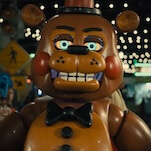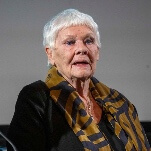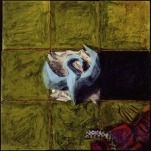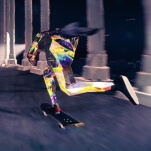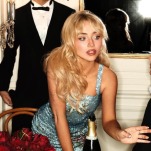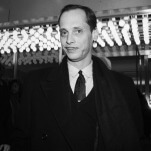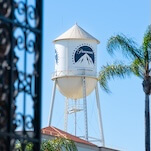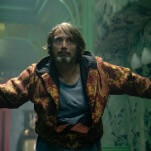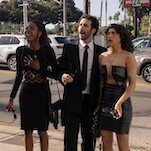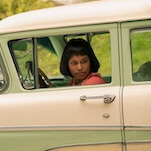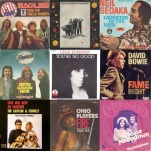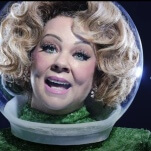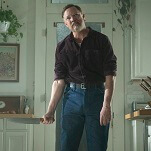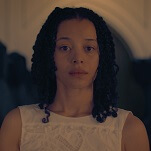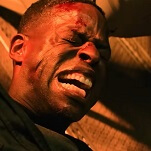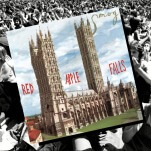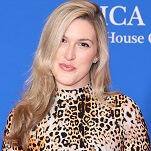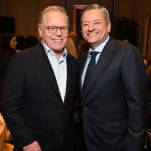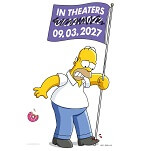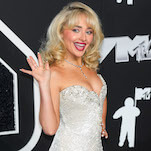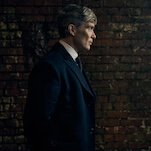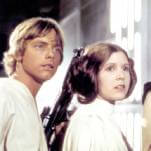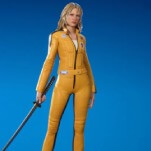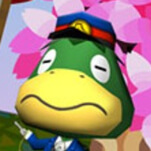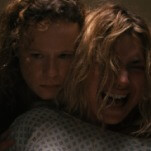Who Framed Roger Rabbit

Fifteen years after its release, it's become easy to take Who Framed Roger Rabbit for granted. Groundbreaking when it came out, the film now looks prophetic: Its interactions between human actors and three-dimensional cartoons were a harbinger of the Jar-Jars and Gollums to come. If Roger Rabbit were only about its technological achievements–as impressive as ever, if not more, considering they were created in a pre-digital era–it might look like a museum piece now. Instead, it treats the effects as a means to an end, an entryway into an alternate cinematic universe. Alcoholic, stone-faced private eye Bob Hoskins lives in a version of 1947 Los Angeles that seems confused about its genre. Dangerous characters hang out in smoky nightclubs where Donald and Daffy Duck do a Martin-and-Lewis act on pianos. A temperamental movie star harasses women, boozes, and gambles his money away from the comfort of his baby stroller. A corrupt official (Christopher Lloyd) fronting for corporate interests attempts to disassemble the trolley system and subject the ethnic enclave of Toontown to the most radical kind of forced gentrification. À la Chinatown, that last bit throws in a real detail from L.A. history (apart from the living cartoons inhabiting Toontown) and points to the sadder themes about fading eras beneath the film's clever, over-the-top physical and verbal comedy. In the film, Betty Boop complains about not getting much work since the onset of color; in the real world, most of Rabbit's cartoon cast would be off the drawing board within a decade of their debuts. Working from Gary K. Wolf's novel Who Censored Roger Rabbit?, director Robert Zemeckis trots them out again. In an extraordinary and probably unrepeatable display of corporate cooperation, the film is filled with animated characters from Walt Disney, Tex Avery, the Fleischer brothers, and Warner's Looney Tunes, all interacting with Hoskins like studio-system-era bit players. The film's original creations fit in perfectly, particularly Jessica and Roger Rabbit (voiced by Kathleen Turner and Charles Fleischer, respectively). Both struggle against the psychology that comes with their iconography: Jessica's good deeds are continually undone by her femme-fatale mannerisms, while Roger is repeatedly endangered by his uncontrollable need to amuse. "If it didn't work, it would be over three minutes after it started," Zemeckis says, regarding the first scene's slow retreat from the cartoon universe of one of Roger's animated shorts to the world he shares with humans. But Rabbit's absurd premise is realized to the last detail, and the illusion takes hold immediately, so much so that when Lloyd destroys an adorable squeaking shoe by dipping it in a turpentine solution, it's horrific enough to make Herschell Gordon Lewis jealous. Toons don't die, but they do fade away, and that can be tragic, too.

